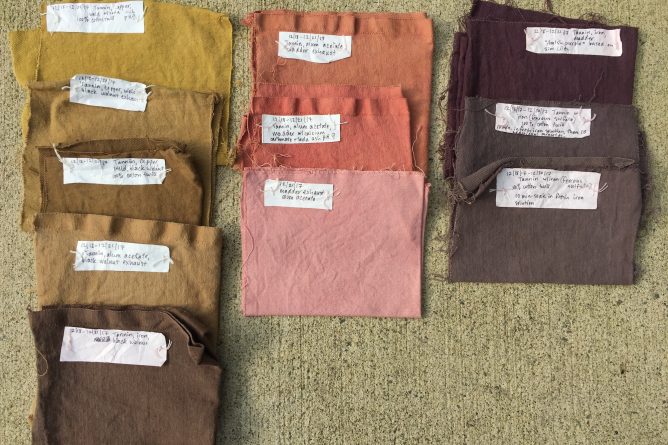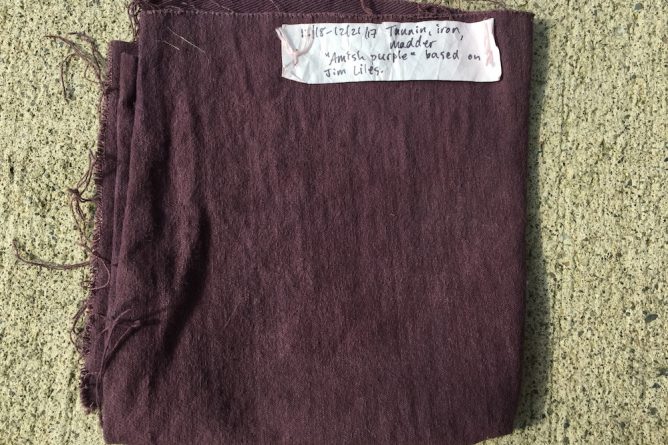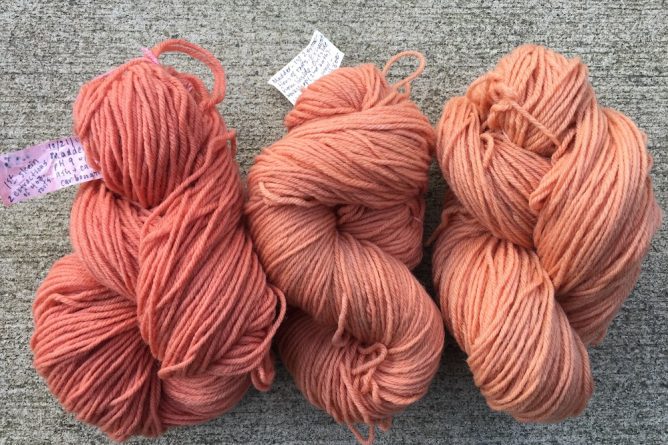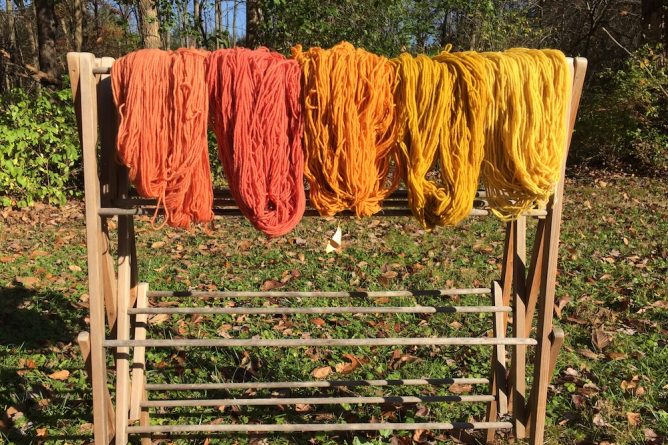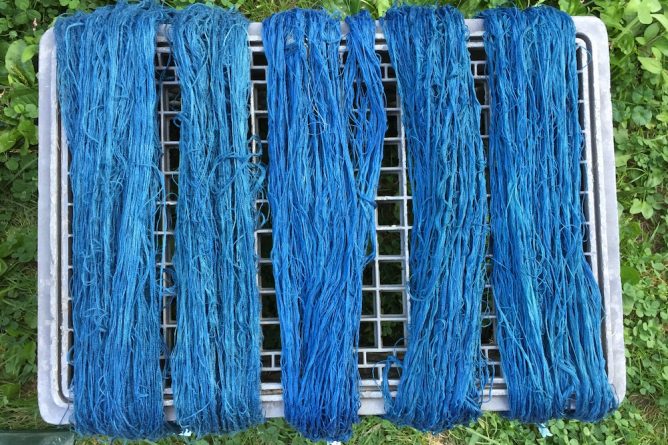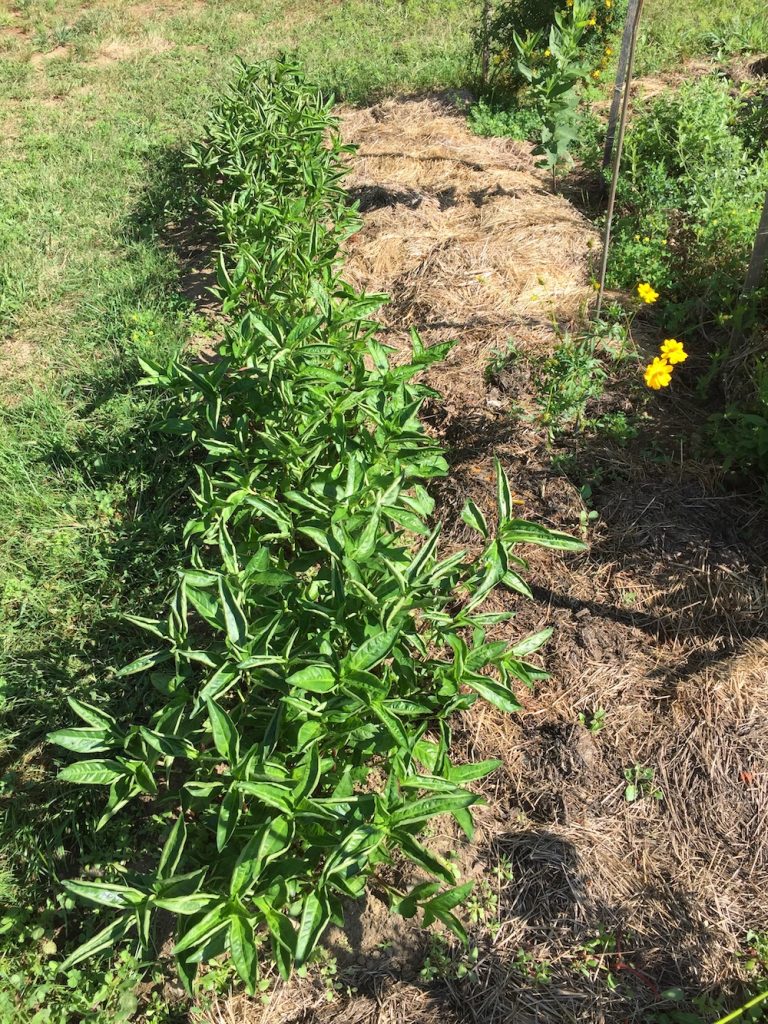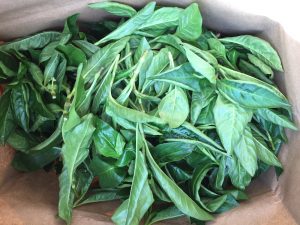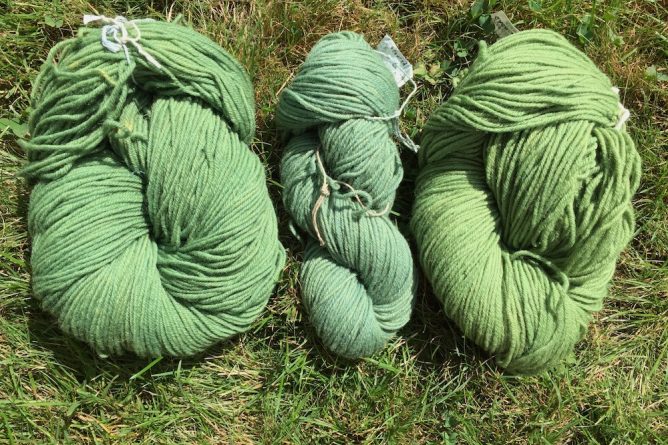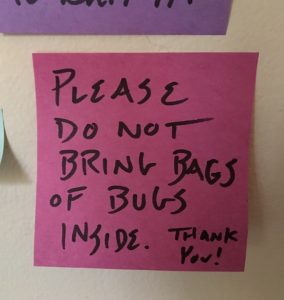Since it has been so many months since I last posted, I am trying to catch up in chronological order. My last series of posts was from December 2017. This one is from February 2018.
Thanks to the efforts of Carole Adams of Whispering Pines Farm, and Liz Sorenson of Sheep and Shawl, among others, we have a new local tradition here in Western MA called FIBERuary. During the month of February, Carole features local fiber farmers and fiber artists on the FIBERuary blog, and Liz hosts a speaker series at her shop in South Deerfield, MA. (12/31/2023 Edited: Carole is sorely missed here in Western MA, may she rest in peace. Here’s a link to her old blog where you can read up about her adventurous life. Sheep and Shawl is now a virtual storefront on Etsy, but you can still take classes with Liz at Hill Institute.)
I have been a contributor to the FIBERuary blog on a couple occasions, and a speaker at their speaker series. In these hot and humid days of August, I decided to share an expanded version of the post I wrote this February. It’s about one of my favorite dye plants, weld: Continue reading “FIBERuary 2018”

